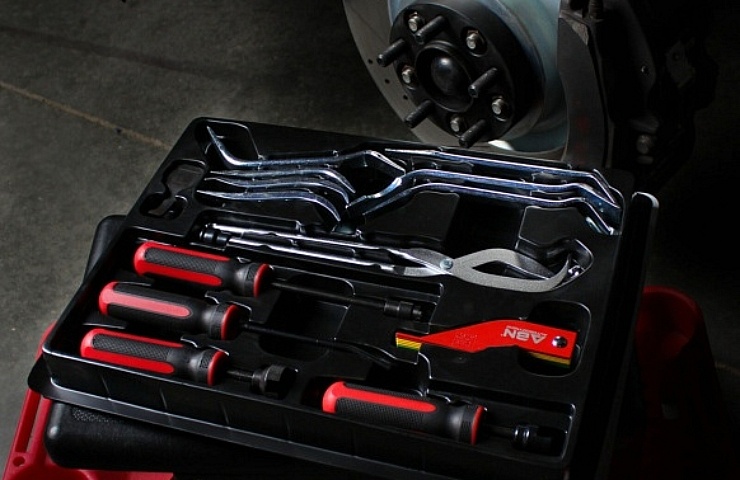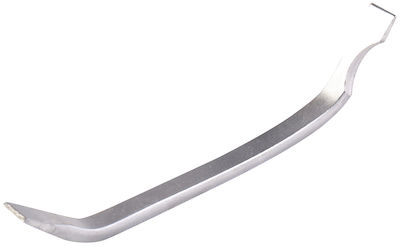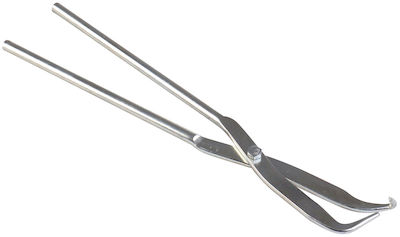Contents
Here are the essential tools to change brakes.
Brake Adjusters (Drum brakes)
Reaching the adjuster for drum brake pads requires locating a slot at the rear of the brake drum. Brake adjusters, which look much like bent spoons, make reaching the toothed ratchet that adjusts brake pads easy.
Brake Spring Compressor, Installer, Retainer, and Remover (Drum brakes)
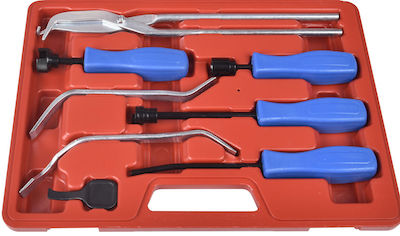
Brake Spring Pliers (Drum brakes)
A set of brake spring pliers is a godsend when installing and removing brake springs on drum brakes. One end has a hook to engage the end of the spring while the other side pivots against the edge of the brake drum, allowing the spring to stretch into place.
Caliper Piston Tool
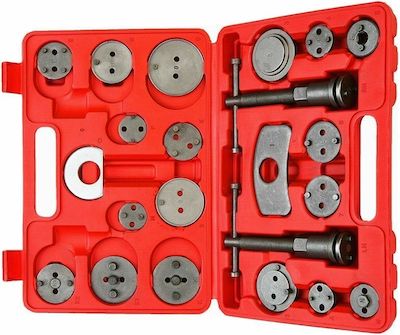
Drain Pan
It’s recommended to spray brake cleaner on the attached brake parts. A drain pan collects the drips. Then, use a rag to wipe things clean. Any parts that come off the brakes can be placed in the drain pan and sprayed to remove grease and debris. A disposable aluminum oven pan should do just fine.
Jack and Stands
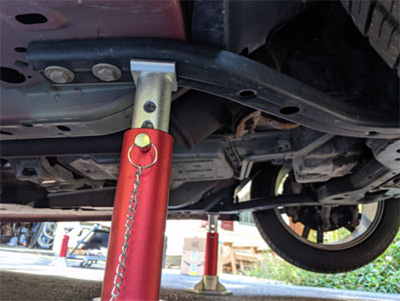
Never work on a vehicle with only a jack holding it up. Use a set of sturdy jack stands capable of holding the car’s weight. Most jack stands are marked with their maximum weight capacity.
Nitrile Gloves
There is a lot of brake dust and grime on the brake pieces. Quality nitrile gloves keep the dirt and grit off your hands. Then, cleanups are a breeze. Many brands offer gloves with texture at the fingers, allowing for a better grip. Look for gloves that are at least four mils thick. You only need one pair for a brake job.
Needlenose Pliers
All these specialty tools help to disengage brake pieces, but often one end of a spring or clip is still on the brake parts. A thin six-inch needlenose plier is helpful for this task.
Safety Goggles
Whenever you are working on a vehicle, safety goggles are a must. Brake repairs often send springs and metal clips flying across the garage. You don’t want any dirt or debris in your eyes. Be sure to buy a set that meets ANSI Z87.1, the official occupational safety standard.
Shop now for brake tools
